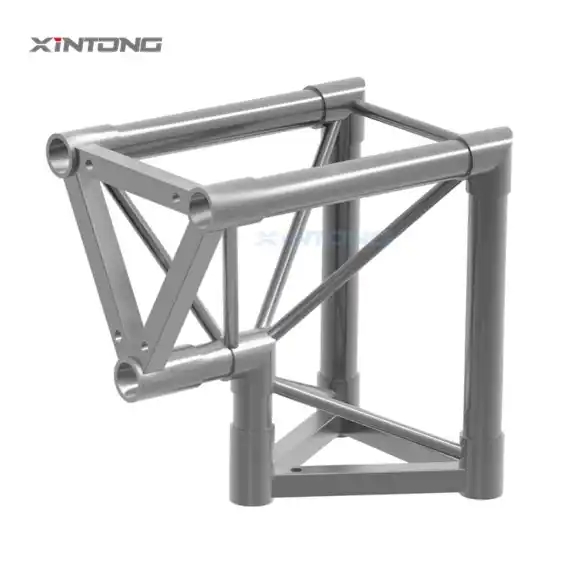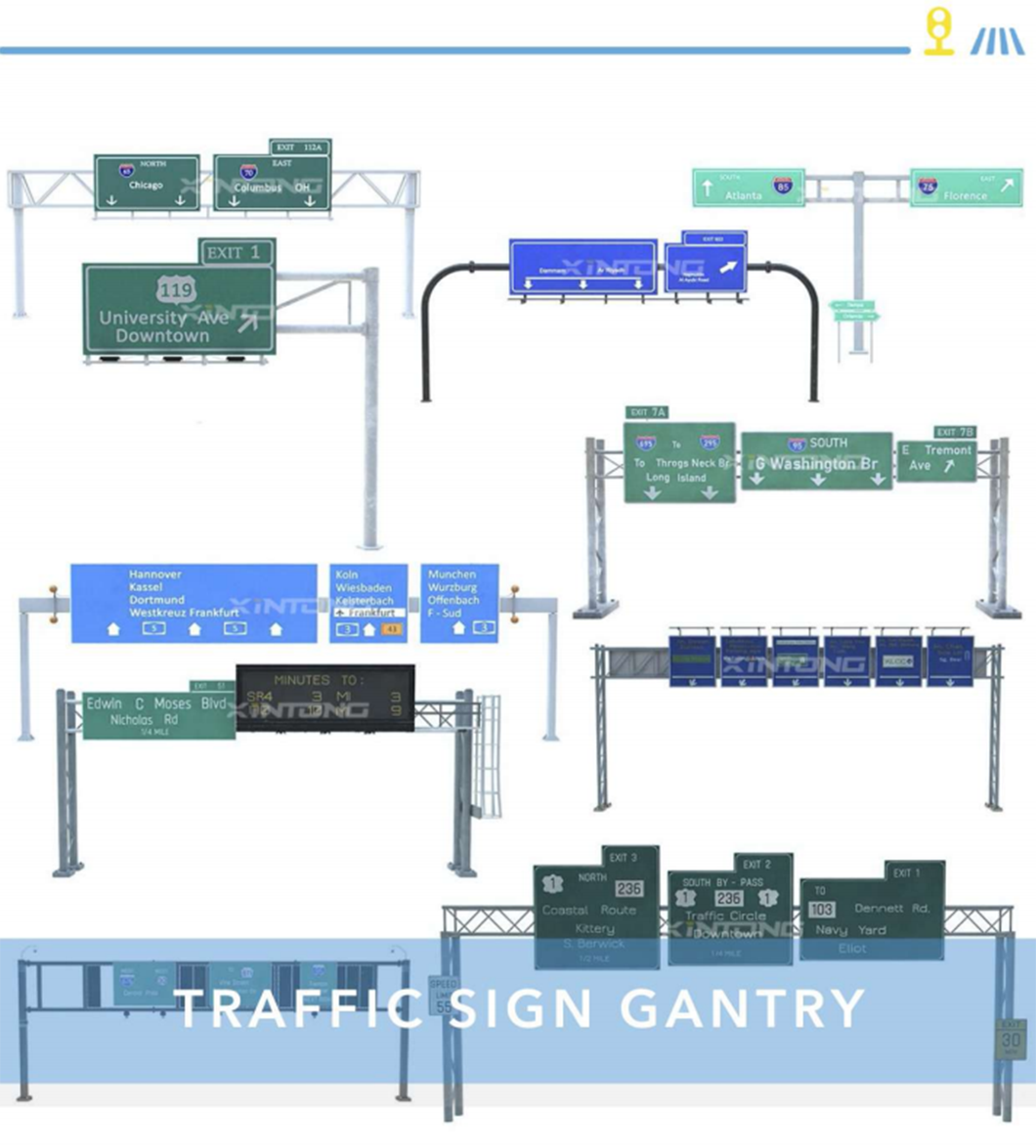Maine news, sports, politics, election results, and obituaries
Traffic signals in Bangor are getting smarter. Warning Sign

Bangor, with funding from the Maine Department of Transportation, installed a new kind of technology in some busy intersections last summer that can count vehicles and change light cycles to clear clogged roads.
Installing the advanced traffic signal technology, called Centracs, in some of the city’s busiest intersections is part of the Bangor Area Comprehensive Transportation System’s Penobscot Corridor Project, said Aaron Huotari, Bangor public works director.
The city hopes making traffic signals more efficient will help decrease aggravation for drivers, reduce the amount of greenhouse gasses vehicles emit while idling at red lights, and encourage people to continue visiting, living and working in Bangor, Huotari said.
“We’re a service city and get about 20,000 extra people coming into town every day, so all these people are coming in and, if they’re experiencing frustration, at what point will they say, ‘I’m tired of this, I’m getting a job somewhere else,’ or ‘I’m moving away from the Bangor area,’” Huotari said.
The new system was installed last summer in the intersections around Bangor’s Oak, Exchange and Washington streets and over the Penobscot River Bridge into Brewer. The system then learned how traffic flows through those intersections at various times of the day before making adjustments based on existing conditions.
The Centracs technology uses a camera to monitor the number of vehicles, bicycles and pedestrians both in an immediate intersection and down the road, Huotari said. The system then uses that information to determine how traffic signals should cycle to move vehicles quickly.
It won’t just save drivers time, it will improve their moods too, Huotari said.
“We also don’t want to have a community where people get to their destinations and they’re so frustrated about what they had to do to get there that they’re in a negative mood,” he said.
Bangor’s Stillwater Avenue corridor will likely be next to receive the Centracts System, as the road is often packed with vehicles going to and from the shopping areas. When the technology will be installed, however, is somewhat unclear, as funding from Maine DOT still has to be secured.
Though it will take years for the new technology to be installed everywhere it’s needed in Bangor, Huotari said he’s hopeful it will make a significant difference for drivers.
“The whole idea is to create a better traveler experience whether you’re in a car, on a bicycle or a pedestrian,” Huotari said. “It might take us a long time to get there, but why not shoot for the best?”
The new technology is the latest improvement to Bangor’s traffic lights that, years ago, cycled on a set schedule regardless of the time of day or number of vehicles trying to make it through an intersection.
When Huotari joined the city in November 2020, he began working to install new cameras at busy intersections that can see 360 degrees. This also allowed public works to log into the cameras remotely if the traffic signals weren’t cycling correctly and resolve the issue quickly.
That system can also be coordinated with other traffic signals on busy streets so traffic flows more smoothly depending on the time of day. While this gets drivers somewhere quickly during rush hour, it can be unhelpful if an event, such as a sports game or concert, takes place during an off-peak time and causes traffic jams.
More articles from the BDN

Red Light Traffic Signal Kathleen O'Brien is a reporter covering the Bangor area. Born and raised in Portland, she joined the Bangor Daily News in 2022 after working as a Bath-area reporter at The Times Record. She graduated from... More by Kathleen O'Brien
